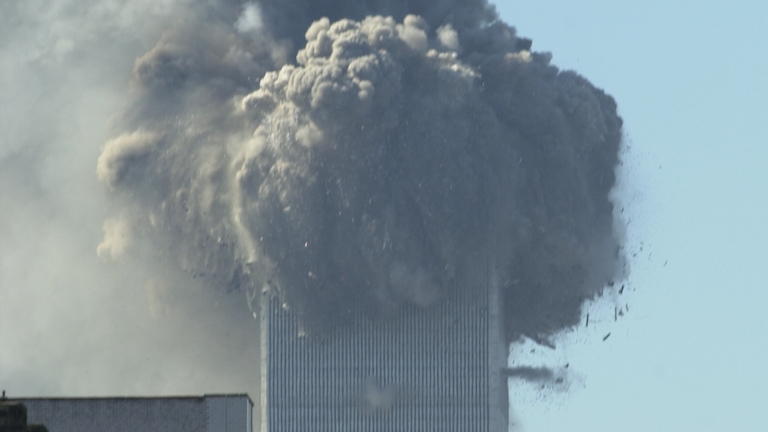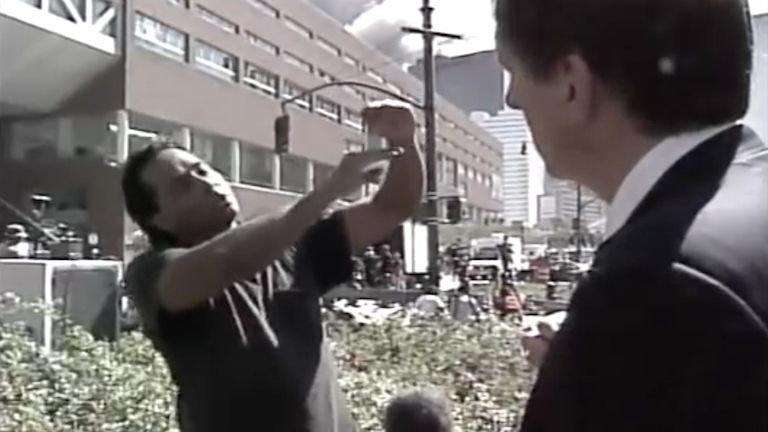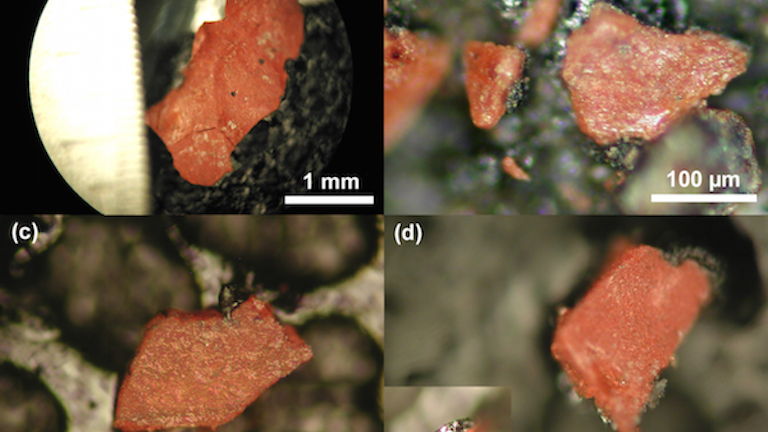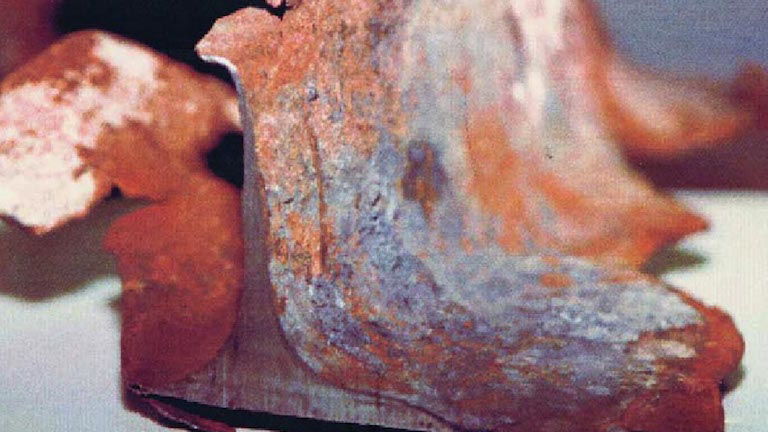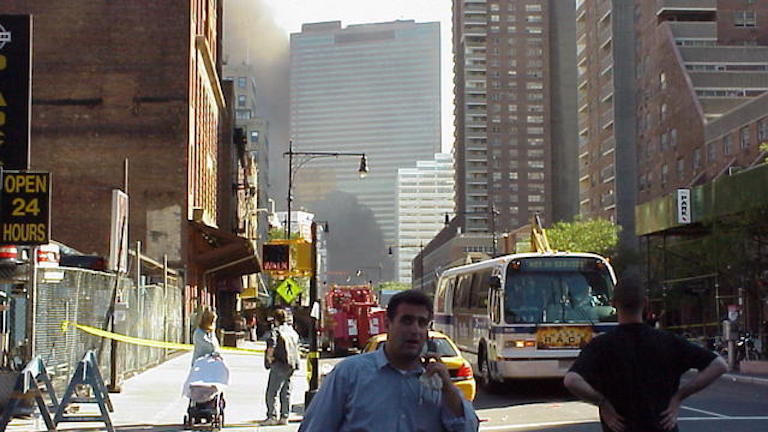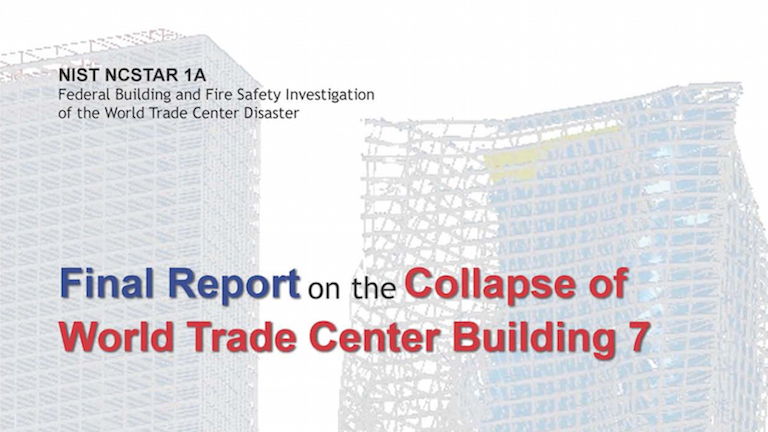According to the National Institute of Standards and Technology (NIST) — which is the U.S. government agency that investigated the World Trade Center’s destruction — the Twin Towers came down “essentially in free fall.”
NIST’s theory of the collapses hinges on the idea that the upper section of each tower could continuously accelerate through the lower stories at nearly the rate of gravity, while in the process completely dismembering the steel frames and pulverizing nearly all of the concrete to a fine powder.
Yet NIST provided no modeling or calculations to demonstrate that such behavior was possible. Instead, NIST arbitrarily stopped its analysis at the moment of “collapse initiation,” asserting that total collapse was “inevitable” once the collapses initiated.
Read More
The report issued by the National Institute of Standards and Technology (NIST) on the destruction of WTC 1 and WTC 2 was voluminous, yet NIST did not analyze what is arguably the most important aspect of the collapses for establishing their likely technical cause: the structural behavior of the towers during the collapse. Instead, NIST carried its analysis only to the point of what it called “collapse initiation.”
As a result of stopping its analysis at collapse initiation, NIST’s final report provides virtually no explanation for the most relevant body of evidence. The very limited explanations NIST does provide come mainly from its FAQs webpage and are speculative rather than based upon scientific analysis.
Read More
In addition to the wealth of video and photographic evidence regarding the destruction of the Twin Towers, there is a wealth of eyewitness accounts. The largest source of eyewitness accounts is the New York Fire Department’s (FDNY’s) World Trade Center Task Force Interviews (sometimes referred to as the “FDNY Oral Histories”), which comprise approximately 10,000 to 12,000 pages of statements by over 500 FDNY personnel collected from early October 2001 to late January 2002.
Read More
Despite the illegal destruction of most of the structural steel and other debris in the months after 9/11, a sizeable body of forensic evidence has been developed over the years by government investigators and independent researchers. Much of the available evidence indicates the occurrence of high-temperature thermitic reactions before, during, and after the destruction of the towers.
Read More
The seven-year quest to produce an official technical explanation for the destruction of World Trade Center Buildings 1, 2, and 7 represents an unparalleled case study in “expectation bias."
NFPA 921: Guide for Fire and Explosion Investigations, which serves as the national guide for fire and explosion investigations in the United States, defines “expectation bias” as follows:
Read More
Today, the National Institute of Standards and Technology (NIST) acknowledges that WTC 7 fell at a rate of free fall (or the rate of gravity) for a period of approximately 2.25 seconds before it started to slow down. David Chandler, a physics teacher who has studied the behavior of WTC 7 extensively, explains the significance of free fall in the article titled “Free Fall and Building 7 on 9/11” . . .
Read More
The National Institute of Standards and Technology (NIST) claims in its WTC 7 FAQs that “no blast sounds were heard on audio tracks of video recordings during the collapse of WTC 7 or reported by witnesses.” However, both audio recordings and eyewitness accounts of explosions during the destruction of WTC 7 contradict NIST’s claim.
Read More
In a New York Times article published in February 2002, James Glanz and Eric Lipton wrote:
“Perhaps the deepest mystery uncovered in the investigation involves extremely thin bits of steel collected...from 7 World Trade Center.... The steel apparently melted away, but no fire in any of the buildings was believed to be hot enough to melt steel outright.... A preliminary analysis at Worcester Polytechnic Institute [WPI]...suggests that sulfur released during the fires—no one knows from where—may have combined with atoms in the steel to form compounds that melt at lower temperatures.”
Read More
About an hour after the destruction of WTC 1 at 10:28 AM, the authorities at the World Trade Center began anticipating the collapse of WTC 7 with a high degree of confidence and precision. Their anticipation was so strong that the media widely reported on WTC 7’s imminent collapse, with some news outlets even reporting the collapse before it occurred.
Read More
The seven-year quest to produce an official technical explanation for the destruction of World Trade Center Buildings 1, 2, and 7 represents an unparalleled case study in “expectation bias."
NFPA 921: Guide for Fire and Explosion Investigations, which serves as the national guide for fire and explosion investigations in the United States, defines “expectation bias” as follows:
Read More


